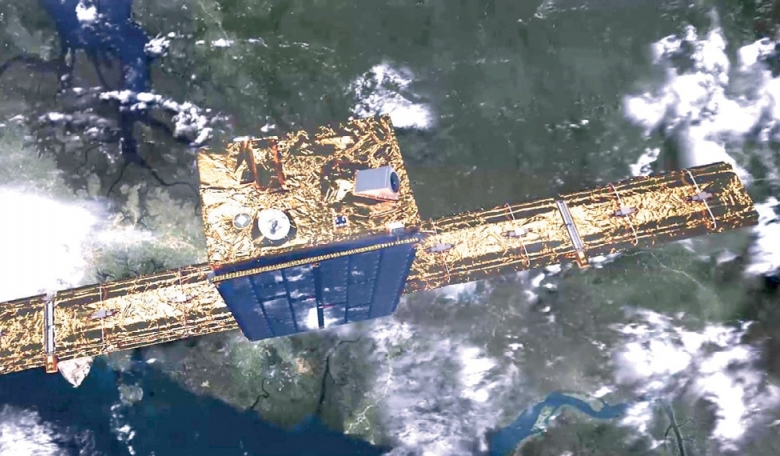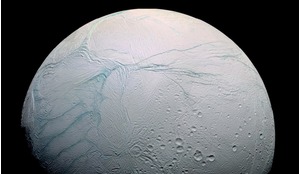Optical satellite imaging has provided nations and organisations with increasingly accurate and valuable Earth observation data in recent years - but its one downside is the need for targets to be cloud-free. In contrast synthetic aperture radar (SAR) satellites offer the enormous advantage of being able to observe Earth’s surface even through dense cloud cover. However, their downside has been the instrumentation size and mass, making satellites large and expensive. Now Finnish company ICEYE has bold plans to change this with its constellation of SAR microsatellites.
The core of SAR technology was developed in the 1950s and originally pursued as a military reconnaissance tool, in part because of its ability to see through clouds and independence from hours of daylight.
One of the major obstacles in developing a viable SAR sensor for operational use was that in order to achieve a high enough resolution, the technology needed was significantly complex and often physically large in size.
Initial military use for this exciting new method of collecting imagery was exclusively done with sensors on airplanes. Through experimentation and development over time, SAR sensors were eventually fitted onto large satellites, which showed immediate promise for Earth observation as a whole. However, the high launch mass of these earliest satellites was a limitation that has been an issue for SAR ever since.














